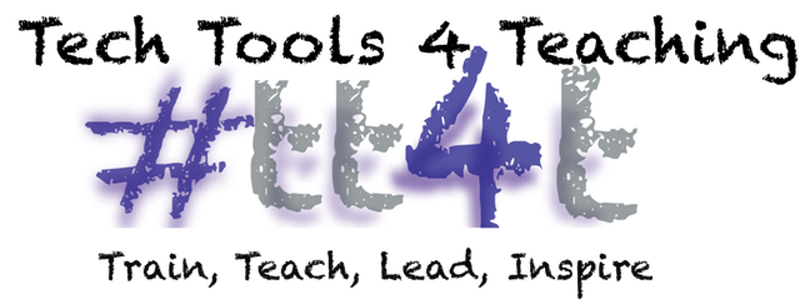This post revolves a lot around the idea of project based learning as analysis lends itself well to that environment.
Often we are pushed to the limits with our pacing guides and testing expectations. We feel we do not have the time to allow kids to analyze their own progress, projects, work, or learning. Consider Bloom’s Taxonomy if you will. Analysis sits up there at the top looking down upon the memory and understanding skills. If you think you and your students are just skating around on memory and understanding then pause and think about providing the opportunity for some student self-analysis.
Digital tools can make student self-analysis super easy and efficient. First off, if student work is in digital format like Notability, Google Drive, or Kidblog, analyzing work is super easy. Work can’t get lost and it is easy to track. Self-analysis can be private, or be used as a conference tool between teacher and student.
Here are some tools that could be utilized for self analysis by kids.
- Evernote App is great for middle and high schoolers. It syncs up with all of their devices and lets students add in web clips, audio feeds, and share with whomever they choose. It also builds notebooks so reflections could be easily organized by topic or date.
- Video journals could be used for students who are super verbal or enjoy recording their thoughts without using the writing process. This could be as simple as using the camera on an iPad or other tablet and saving it their camera roll. Videos could be loaded to a private YouTube account playlist that is then shared only to the teacher. I recommend this workflow only if you have a google domain for students for security reasons. Students could also use iMovie if they want to add in clips of their work and talk about their thoughts about the project.
- Online sticky boards like linoit.com and padlet.com are great ways to create sticky boards with thoughts on a topic. Apps like Pic Collage also works great for sccrap booking ideas. Linoit and Padlet can be collaborative boards as well turning analyzing into a small group project.
- Analysis of elements
- What parts worked and what parts did not work for your project?
- Analysis of relationships
- Who helped you become more effective in your learning?
- Analysis of organizational principles
- Could you have arranged your project differently or used other tools that would have helped guide the project more efficiently?
How often are you analyzing what you teach? How often do you provide opportunities for students to analyze their learning, a project, or how they accomplished a goal?
Written by, Jenny Krzystowczyk
@jennykbps



Find out what are Strengths and Weaknesses that we need to focus on. Read on how to maintain a balance between them. Once you stop focusing on your weaknesses and start searching your central strengths, your next move will be focused on how to increase your potential.
ReplyDeleteStrengths and weakness